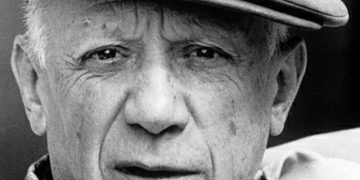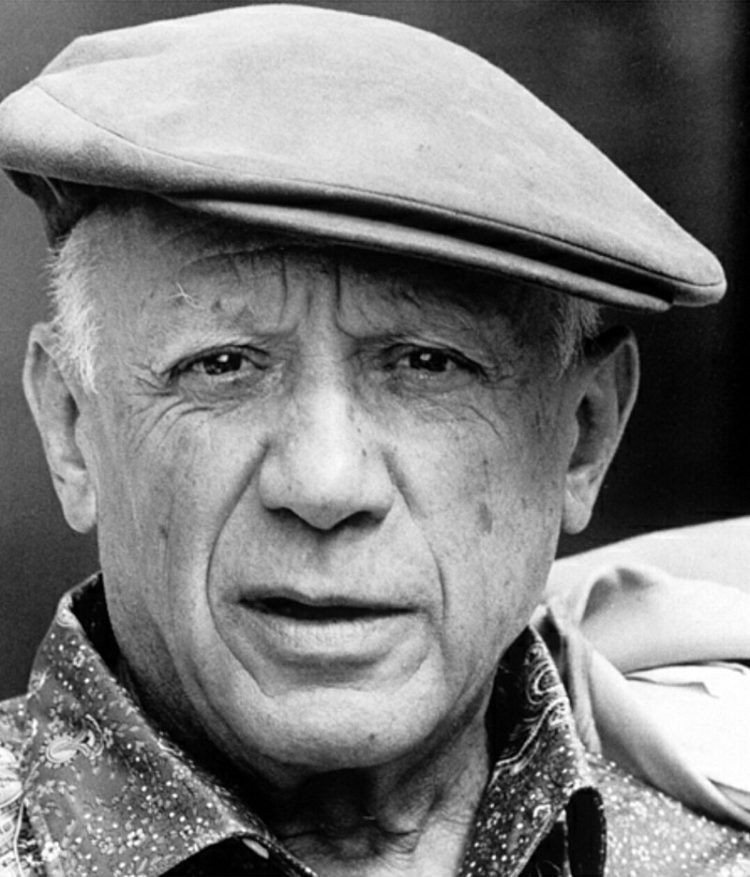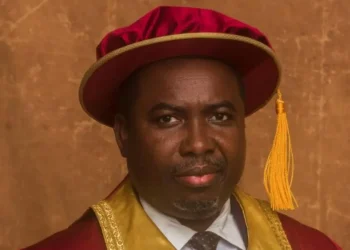Pablo Picasso (1881–1973) was a trailblazing artist whose prolific output and avant-garde style transformed the 20th-century art scene. Here’s a closer look at this legendary figure’s life and lasting legacy:
Early Life and Artistic Development:
Pablo Picasso, who was born in Málaga, Spain, had extraordinary talent at a young age. His father, a drawing instructor, gave him official art instruction, and he soon outperformed his peers in terms of talent and originality. Picasso’s pioneering innovation that would characterize his later career was hinted at in his early works, which demonstrated a remarkable skill in classical techniques.
Blue Period and Rose Period:
Pablo Picasso experienced a period of artistic experimentation during the beginning of the 20th century, characterized by changes in subject matter and style. His “Blue Period,” with its gloomy themes and mostly blue color scheme, was replaced by his “Rose Period,” with brighter colors and themes influenced by acrobats and circus acts.
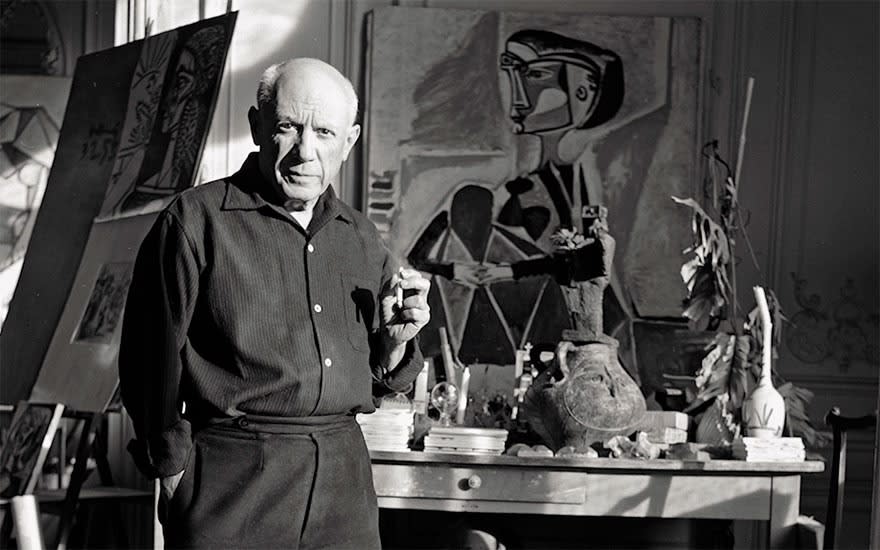
Cubism and Avant-Garde Innovation:
Picasso’s most famous artistic creation, Cubism, was a revolutionary movement that upended preconceived ideas about perspective and representation. Pablo Picasso and Georges Braque were the forerunners of this new aesthetic language, deconstructing forms into geometric shapes and showing several points of view at once.
Guernica and Political Activism:
Pablo Picasso was inspired to paint “Guernica,” one of his most well-known pieces, in 1937 when the town of the same name in Spain was bombed during the Spanish Civil War. Picasso’s position as a politically involved artist and a voice for peace and justice was cemented by this gigantic work, which powerfully depicted the horrors of war.
Later Years and Continued Innovation:
Pablo Picasso kept pushing the limits of artistic expression in his later years by experimenting with different styles and mediums. He experimented with prints, sculpture, and ceramics, producing a wide body of work that escaped classification and served as an inspiration to succeeding generations of artists.
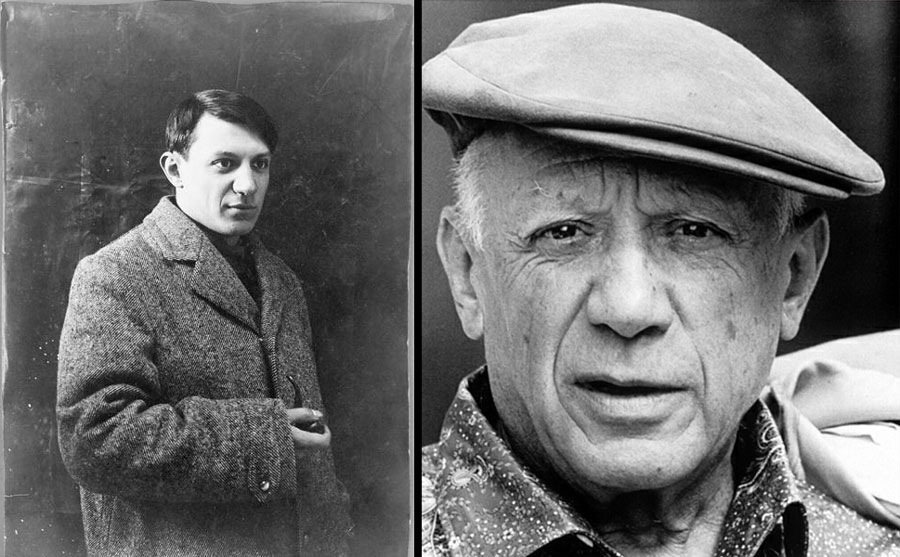
Legacy and Influence:
Picasso has had an enormous impact on the art world. His avant-garde use of shape, color, and composition served as a catalyst for a wide range of artistic styles, including Abstract Expressionism and Surrealism. Artists continue to be inspired by his desire to embrace experimentation and question tradition, pushing the limits of creativity and expression.
Eternal Inspiration:
Pablo Picasso once said, “Every child is an artist.” “The challenge lies in continuing to be an artist as we become older,” expresses his conviction that every person has a natural creative spirit and that it is crucial to foster that spirit throughout life. His life and creations are a living example of the transformational potential of art and the limitless realms of human imagination.
